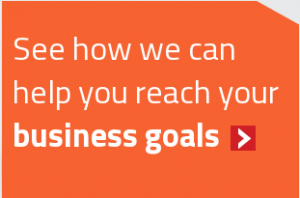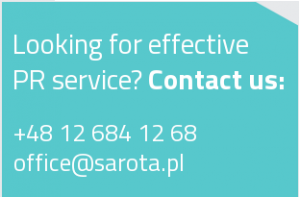Numbers can be a powerful tool for PR actions, especially ones that build an industry expert image. Several factors contribute to the success of numbers-based actions: you need to select compelling data, present it clearly and accurately, and select the right moment to communicate it.
Internal Data Sources
In a business context, the most obvious numeric data would likely include product sales and client numbers, and how these change over time. But looking more closely at business data, you can also find other numbers of interest to the target audience of your communication actions.
For example, let’s look at data for Oferteo.pl, an online RFP platform. Considering the business model of Oferteo.pl, available data includes: How many requests are submitted per month/year? How many requests are related to construction, and how many to accounting services? Is the platform used predominantly by businesses or individuals? Which industries are present? With a sufficiently large and representative sample of requests in a specific industry, you can discover some trends and areas of interest.
Apart from regular operational data, businesses also gather enormous data sets from smart equipment sensor readings, location-aware devices or store transaction details. Making sense of this big data may require the help of professional analysts and dedicated tools. For smaller data sets, numerous tools are available to help you analyze and visualize information. Even everyday tools, such as Microsoft Excel or Power BI, will often do the job.
External Data Sources
What if you don’t have your own data, but know something that could be of interest to the public, media or prospective clients? That’s when you can approach a market research organization.
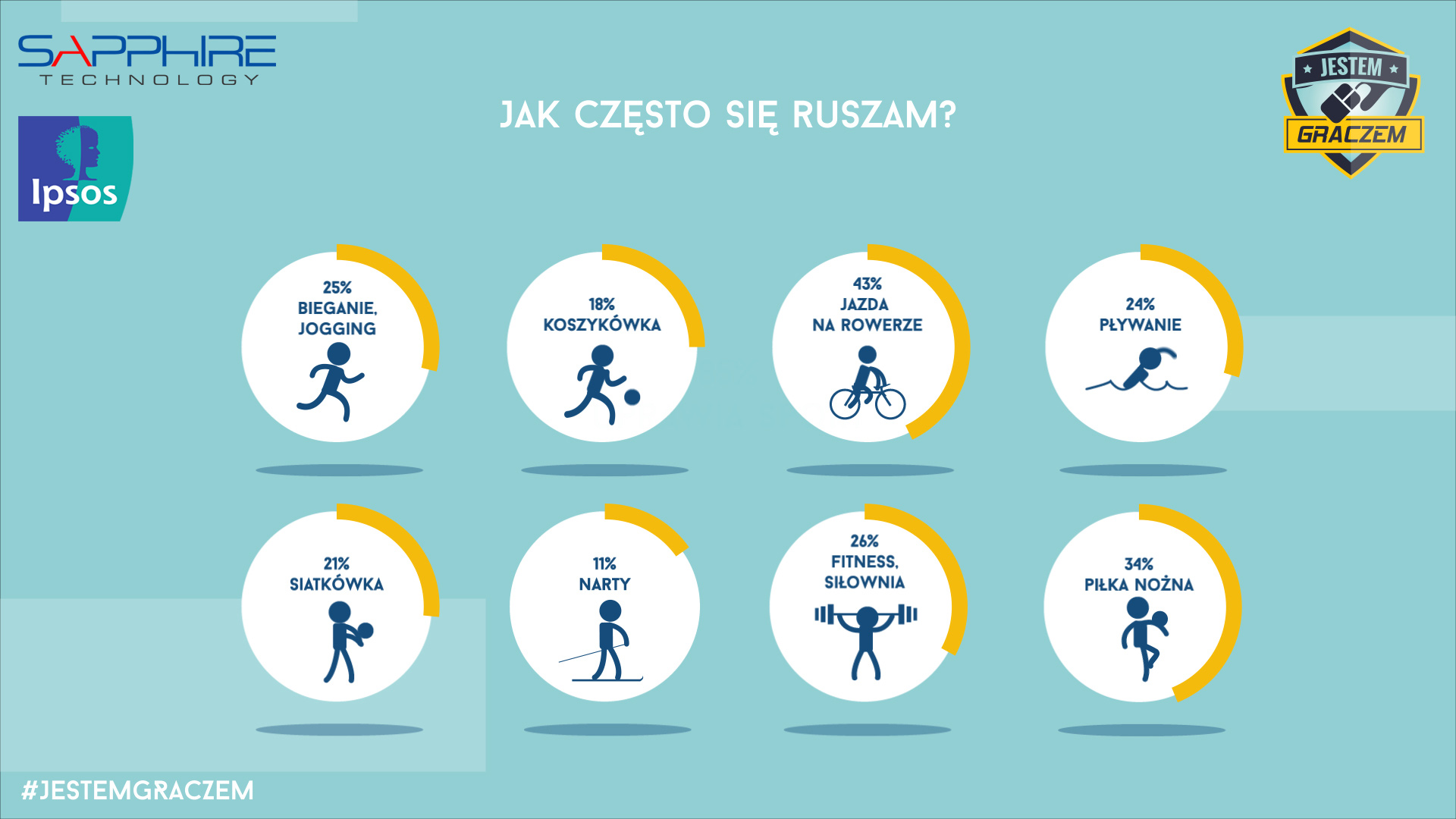 Visualisation of data about gamers’ physical activity from the #jestemgraczem campaign
Visualisation of data about gamers’ physical activity from the #jestemgraczem campaign
Useful data to seek out includes information about the needs and preferences of the company’s target customers.
For the #jestemgraczem campaign delivered for Sapphire Technology, third-party research was combined with media actions. This resulted in a survey covering over 80 thousand gamers, and information obtained from their responses was featured in over 270 positive publications about gamers.
In effect, the Sapphire Technology brand contributed significantly to improving the public perception of its key target group.
The PR Professional’s Role
PR professionals have a vital part to play both with internal and external data. They ensure that all data PR actions are aligned with the client’s overall image strategy, and select actions to effectively achieve defined communication goals.
When numbers related to a client’s business are needed, PR professionals guide the research process, recommend metrics that best support the client’s image objectives, and oversee analysis to select the most relevant insights.
For third-party research, PR professionals actively participate in shaping surveys and defining the knowledge they are expected to bring. They work closely with data analysts in order to prepare suitable communication actions for results, e.g. by organizing a press event for industry media.
Armed with suitable data, PR professionals often need to combine results from different areas. Obtaining accurate insights is an ongoing process and concern, as any inappropriate or inaccurate use of data may be harmful to the client’s image.
Distributing and Presenting Numbers
To ensure that numbers reach the right target groups, data must be carefully selected to match the distribution channel.
For press releases sent to multiple media groups, separate data sets may need to be used. For example, the readers of a nationwide daily paper would likely be more interested in the overall cost of building a house, while construction business owners reading an industry journal may want to gauge interest in specific technologies.
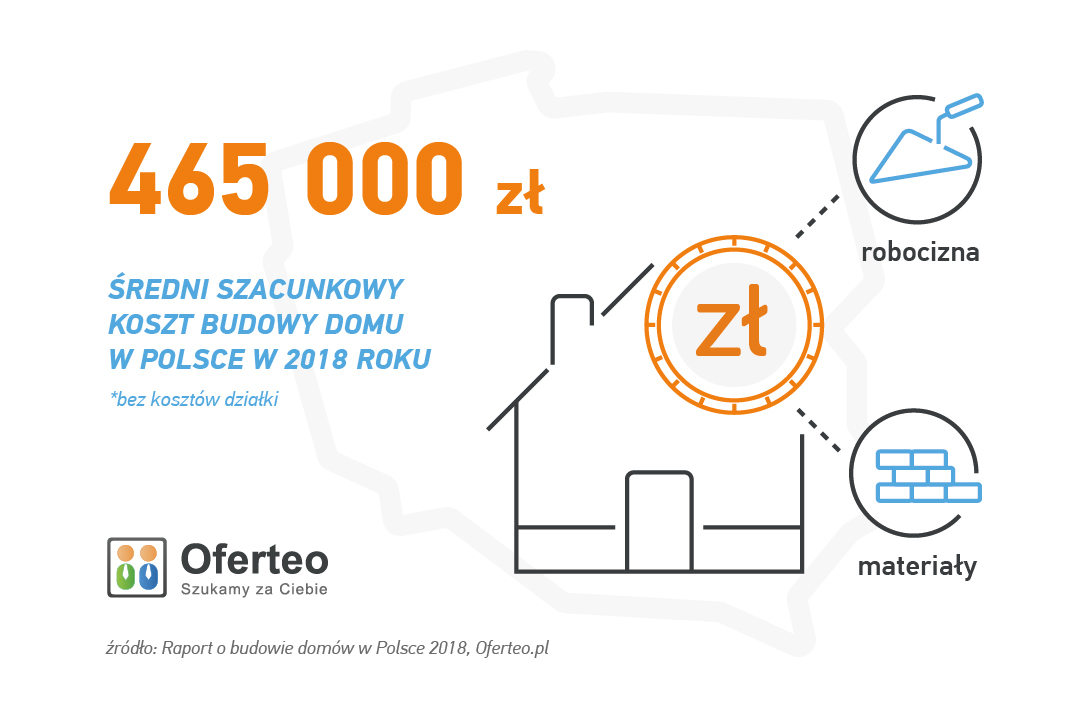 Data from the Oferteo report showing the cost of house building in Poland
Data from the Oferteo report showing the cost of house building in Poland
One effective strategy is to gather and publish data during an industry’s optimum period. For example, the annual Oferteo house building report presents housing construction trends, and is published at the start of each year. This is the peak interest period for the construction industry, with construction trade fairs in many cities.
The wording must be clear for the target audience, and the numbers should be put into context or explained for maximum effect. For example, “16.54% of lawyers” means “1 in 6 lawyers”, and “market share grew from 10 to 20%” can be rephrased as “market share doubled”.
Visual information is far more intuitive than plain text, so charts, graphics and infographics are used that neatly visualize data and make it easier to remember.
Impact of Number-Based Actions
By using meaningful and accurate data in your press releases, you help journalists prepare their publications and build trust in your client’s company as a valuable source of information in the future.
Companies that prepare or commission reports and surveys differentiate themselves as active industry experts. By periodically collecting data, they can discover market trends and directions to develop more effective business strategies.
Numeric data allows companies to compare and demonstrate the impact, scale and effectiveness of projects, which is also useful in internal communications.
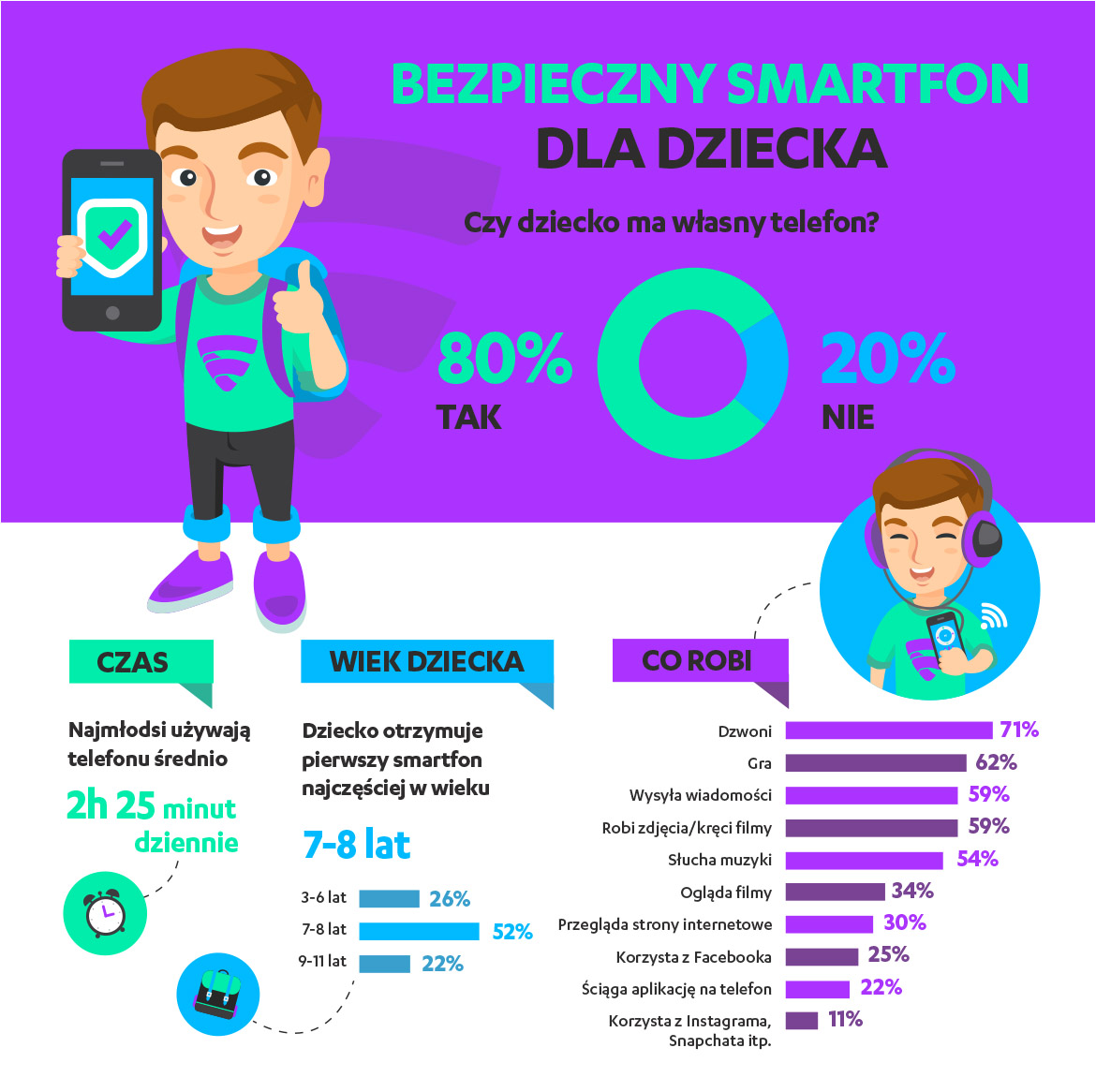 Excerpt from infographics from F-Secure’s press release
Excerpt from infographics from F-Secure’s press release
Numbers in Corporate and B2B PR
Numbers are also useful in another crucial aspect of communication: relations with existing and future business partners. By sharing facts about their successes, for example growing market share, companies build business partners’ trust in the value of current or potential collaboration. By publishing customer surveys, they demonstrate their professional and conscious approach to business.
Data can be shared with business partners via a corporate blog, dedicated newsletter, or printed collateral provided at meetings and business events.
Numbers can also be used to win new customers for products or services. One proven way of generating sales leads is to share valuable data in return for contact information, typically an e-mail address. The data provided could be a report with exclusive insights from research commissioned by the company, or perhaps a market trends analysis relevant to prospective customers.
Follow us on LinkedIn.


